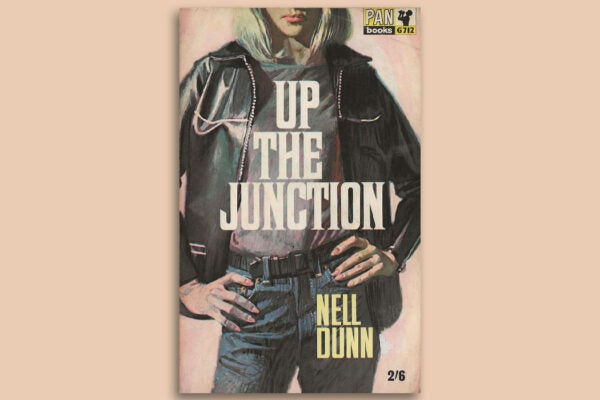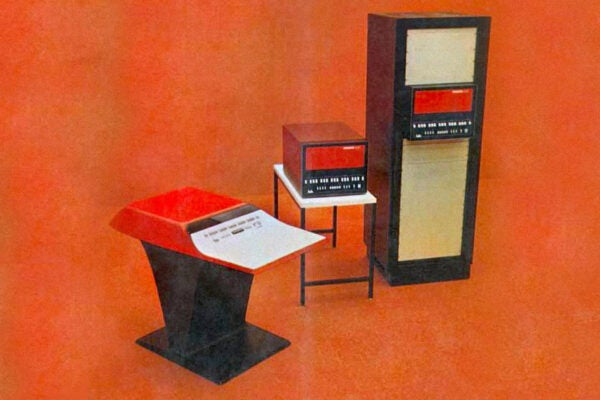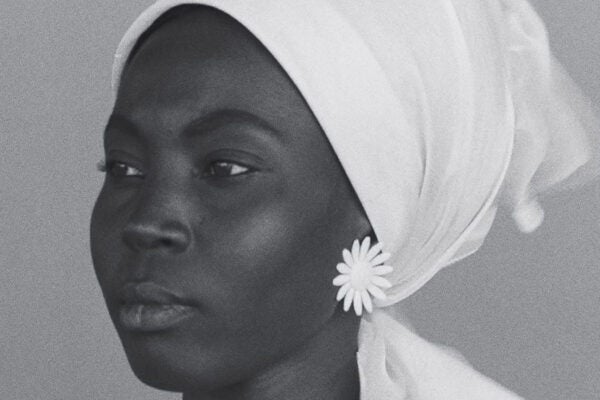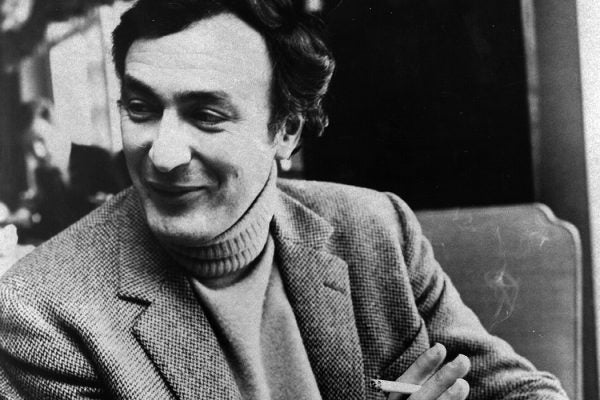The Development of Central American Film
A new collection of essays examines the reasons behind the recent boom in feature and documentary film-making from Belize to Panama.
Up the Junction: A Place, A Fiction, A Film, A Condition
In addition to a New Wave hit, Nell Dunn's 1963 book about young women in a poor London neighborhood inspired a Ken Loach adaption that helped shift British attitudes toward abortion.
PG-13: Some Material May Be Inappropriate
The creation of the PG-13 rating in 1984 can be traced to a few key films: Poltergeist, Indiana Jones and the Temple of Doom, and Gremlins.
A Computer in Every Kitchen?
The 1969 Honeywell Kitchen Computer is a case study of early computer failures—or is it?
Why #StarringJohnCho Is Not Enough for Asian American Cinema
Filling more movie roles with Asian American actors may be the wrong goal if such visibility promotes stereotypes or buys into Hollywood's fantasies of power.
The Sonic Triumph of American Graffiti
In 1973, George Lucas joined forces with sound designer Walter Murch to celebrate a bygone era. They ended up revolutionizing the role music plays in film.
Ousmane Sembène: Feminism in African Francophone Cinema
Known as “the grandfather of African cinema,” Sembène created powerful female characters who challenged Western notions of gender and sexuality.
The Contrary Journalist: Lady Elizabeth Rigby Eastlake
One of the sharpest female journalists of Britain’s Victorian era, Eastlake considered Jane Eyre an exercise in rudeness and vulgarity.
The Confounding Career of William Klein
The American artist brought the physical world into fashion photography in ways that were often unappreciated or unpredictable.
The Algerian War: Cause Célèbre of Anticolonialism
On July 5, 1962, Algeria declared its independence after 132 years of French occupation. The transition was chaotic and violent, but inspired revolutionaries worldwide.









